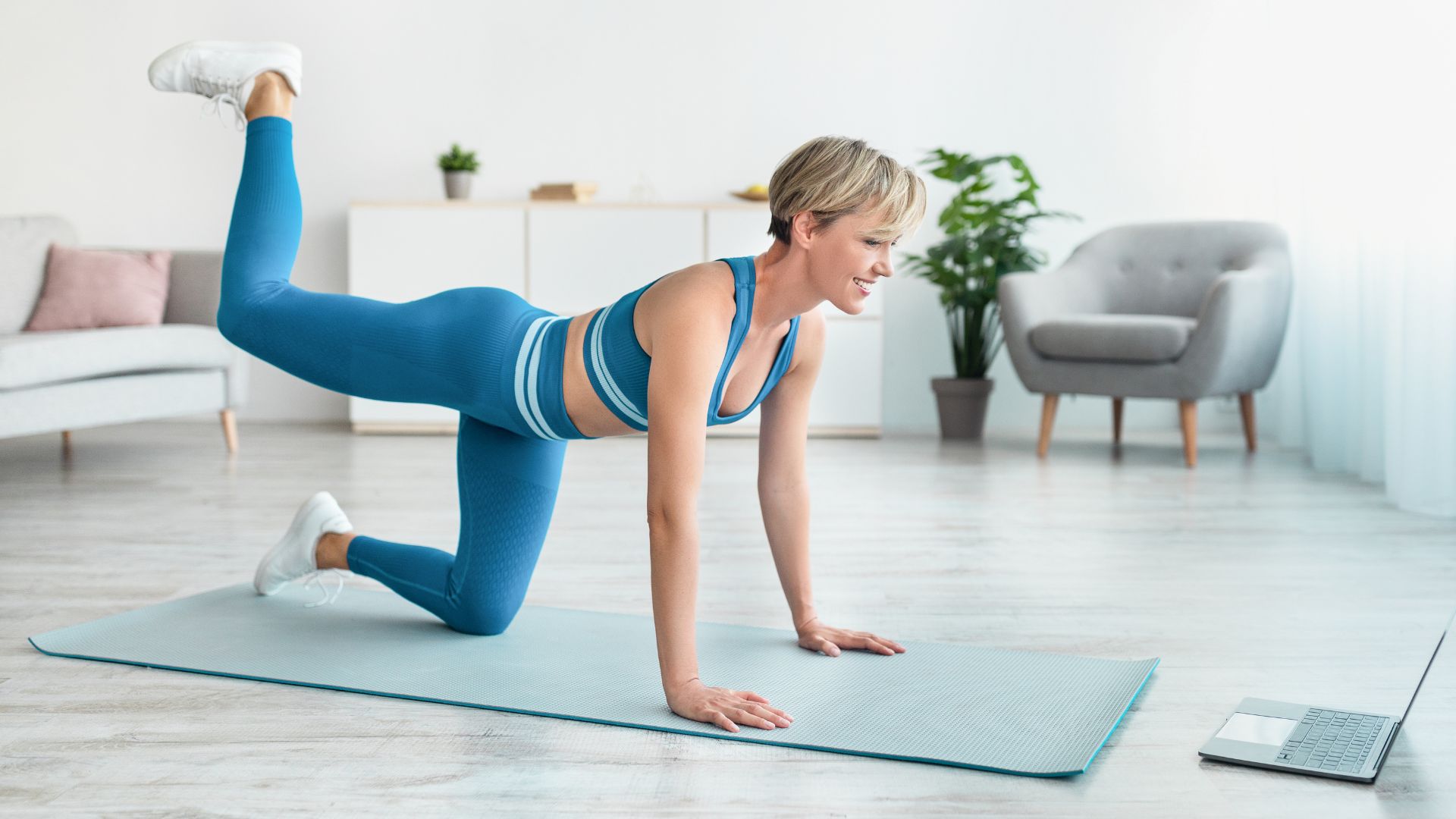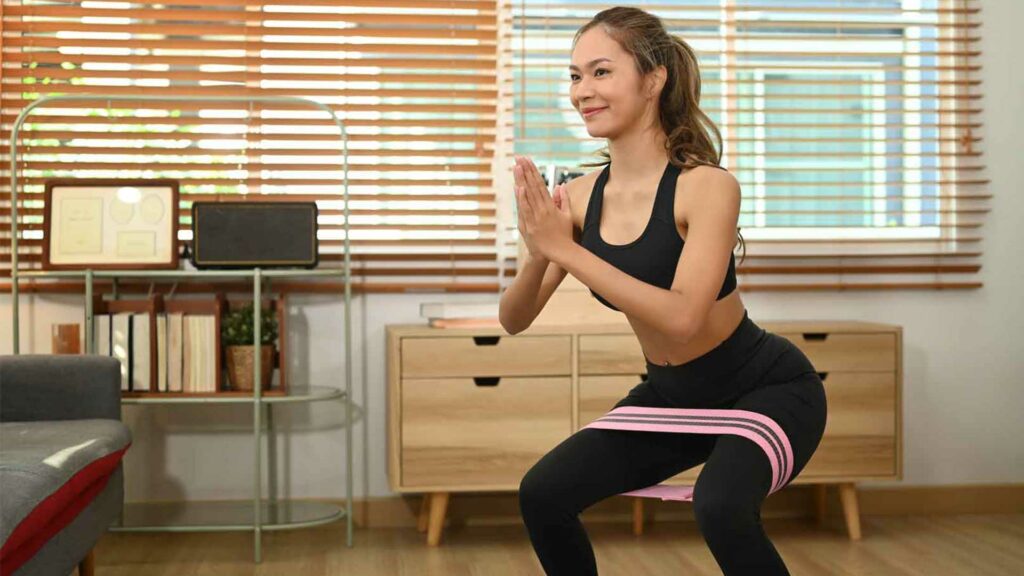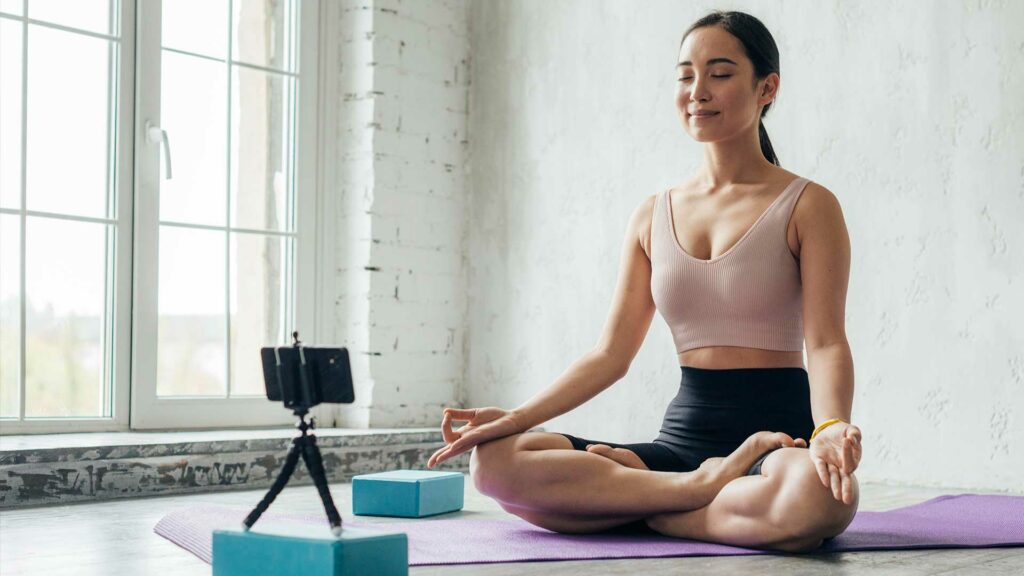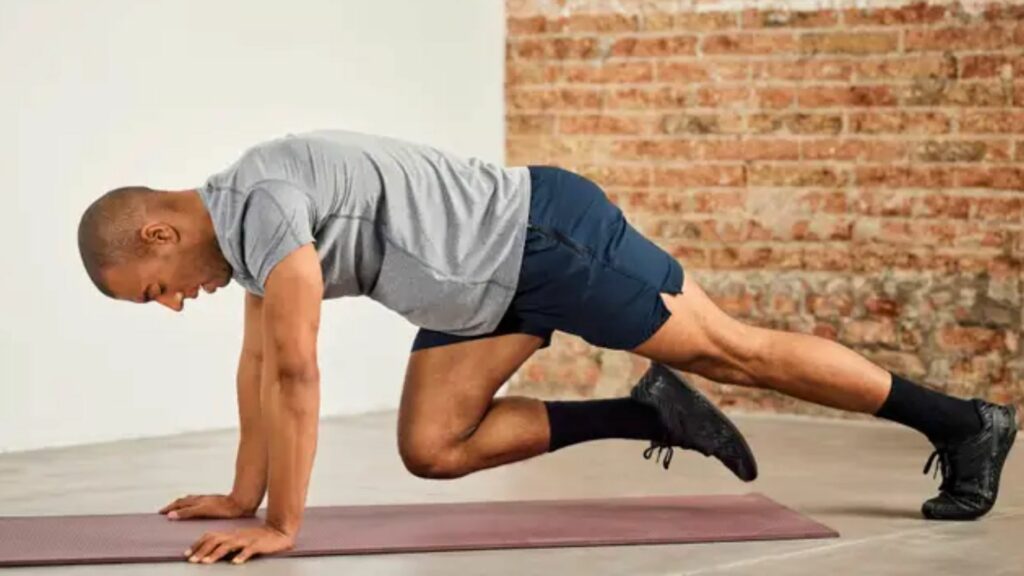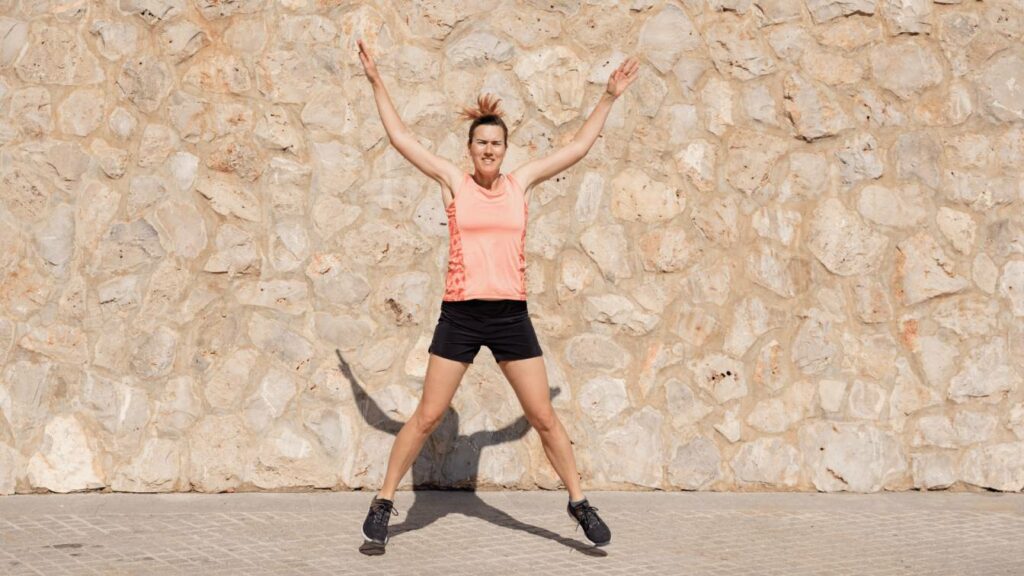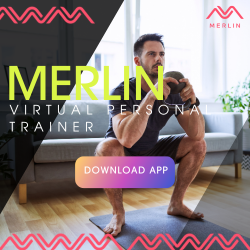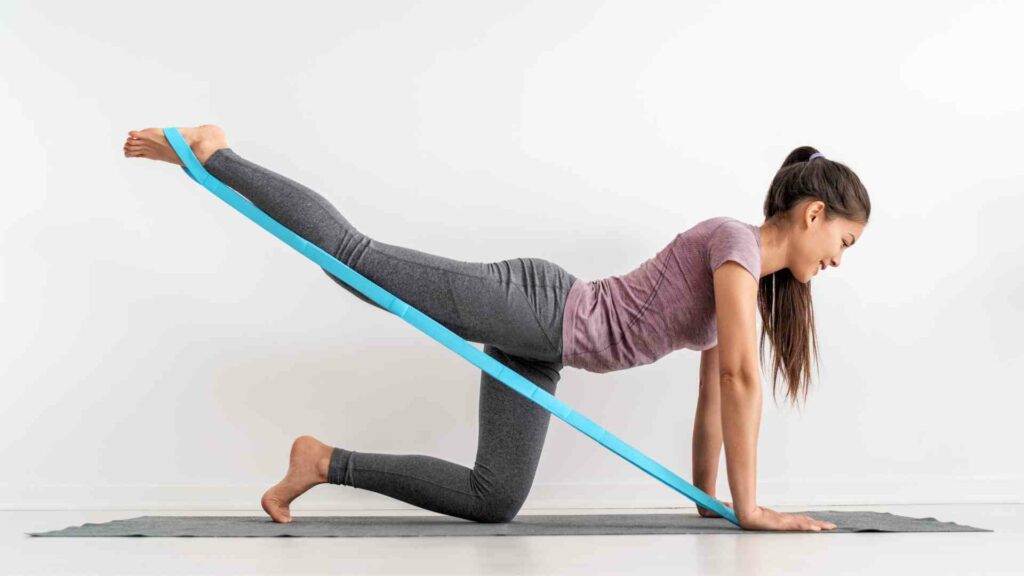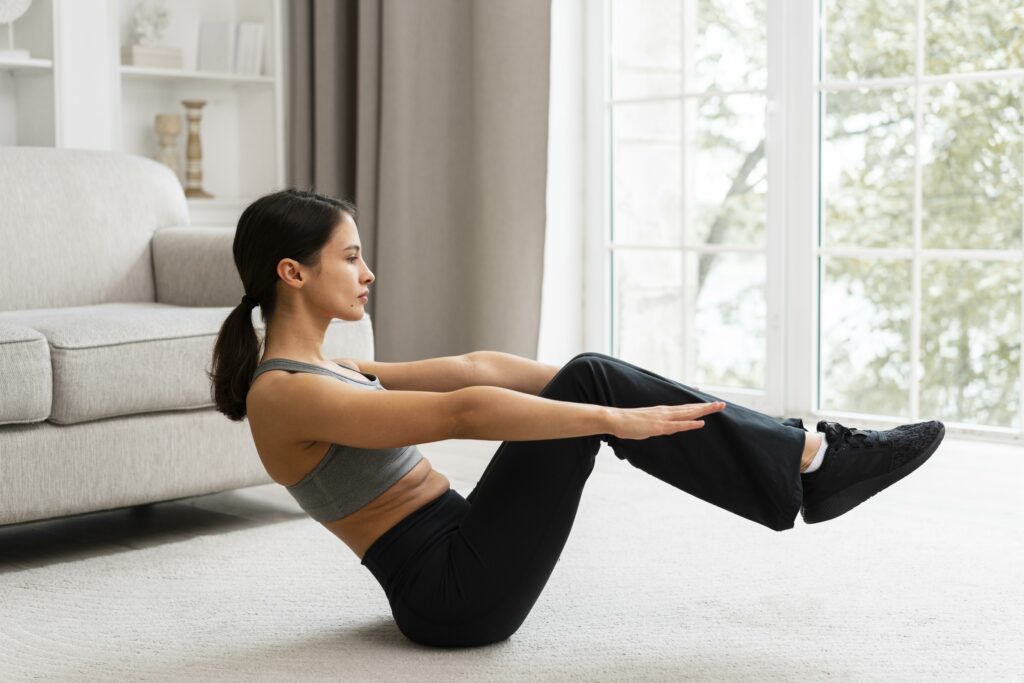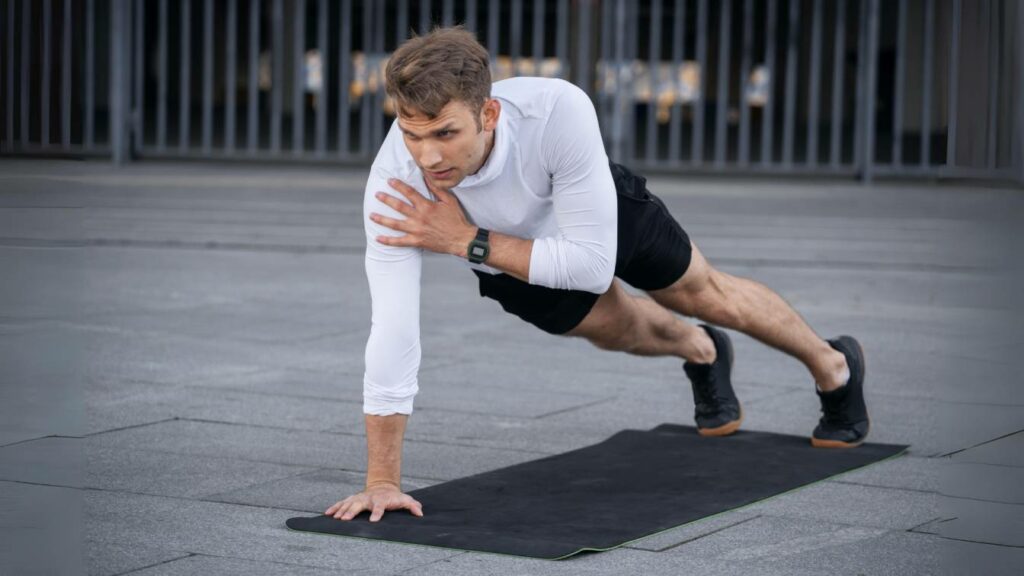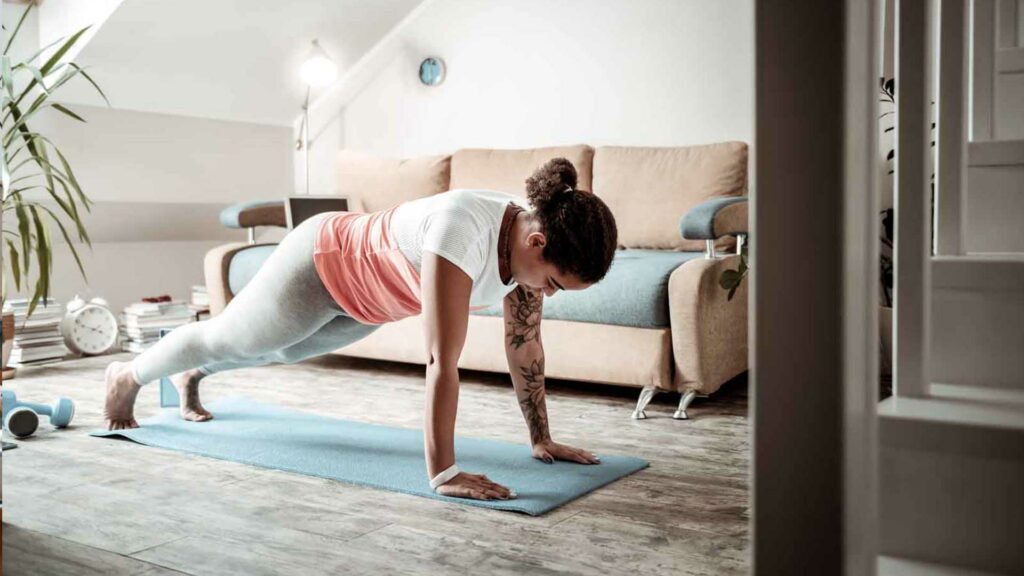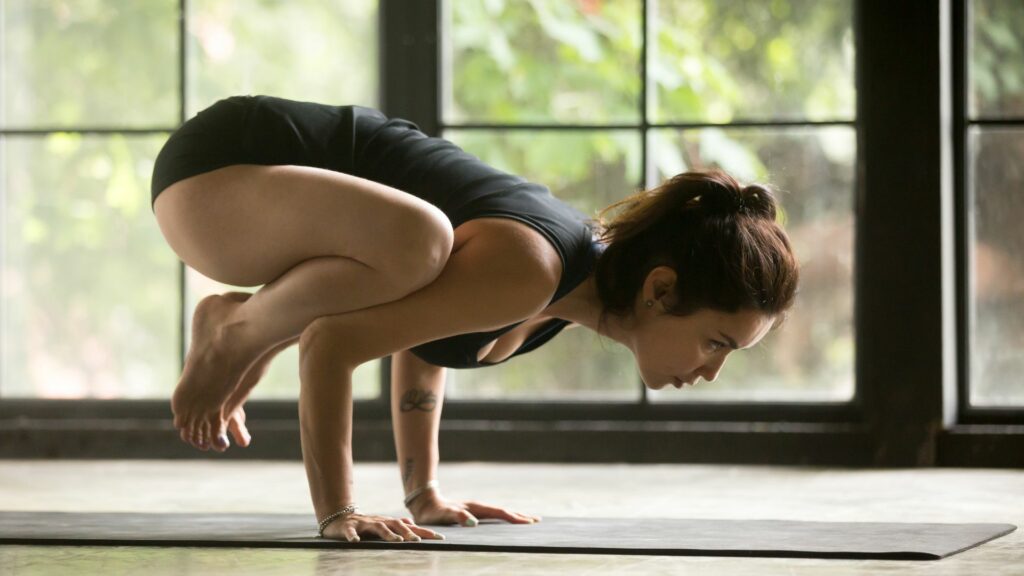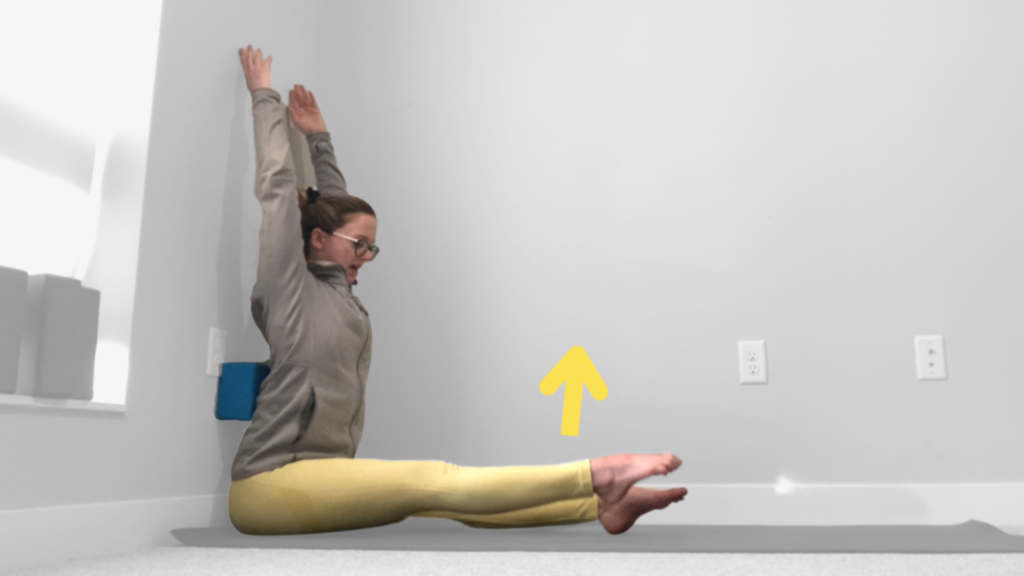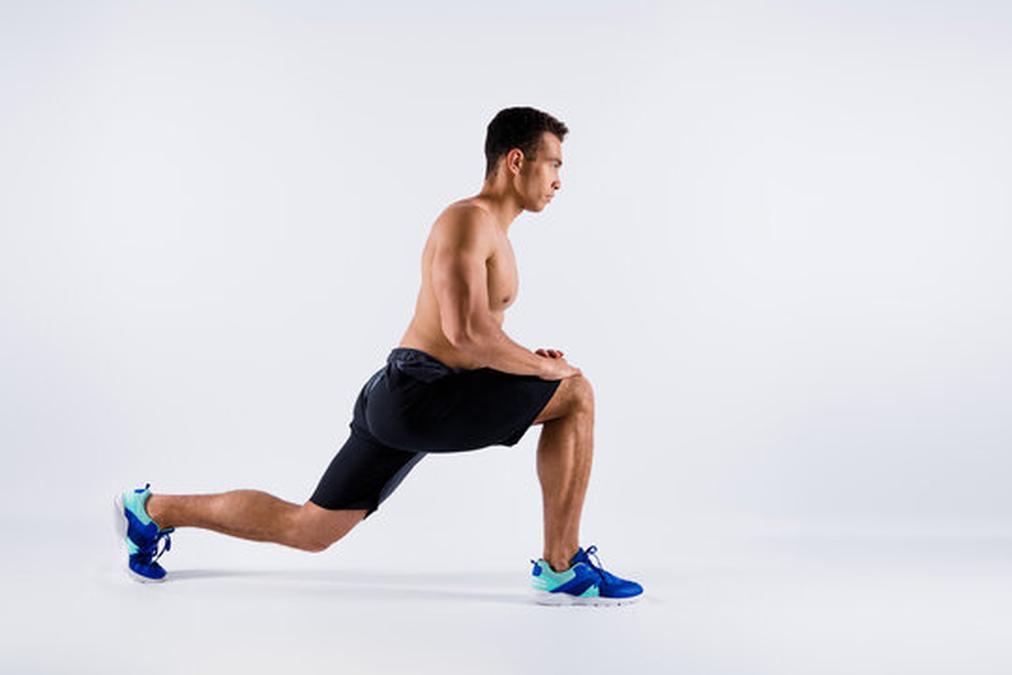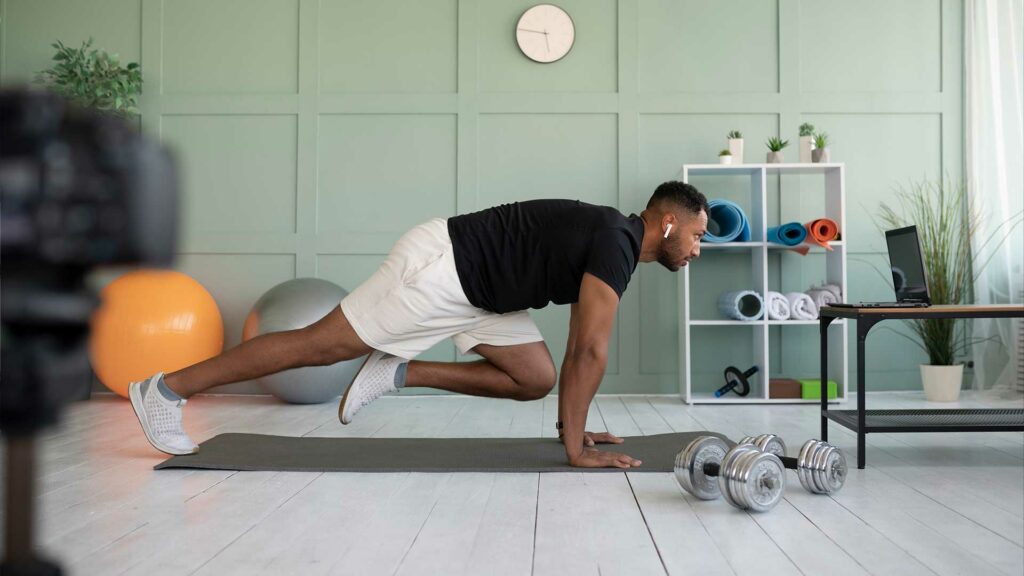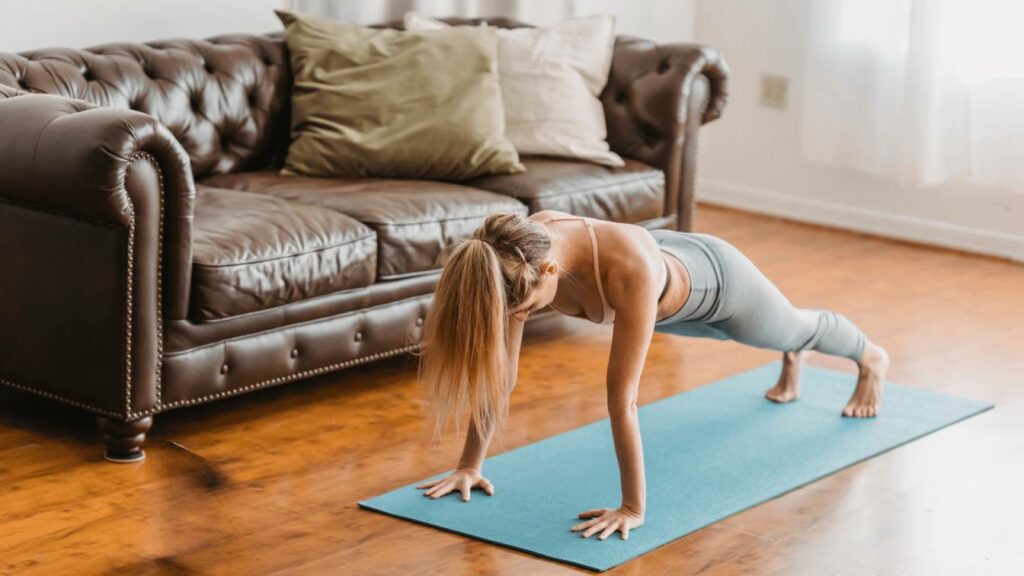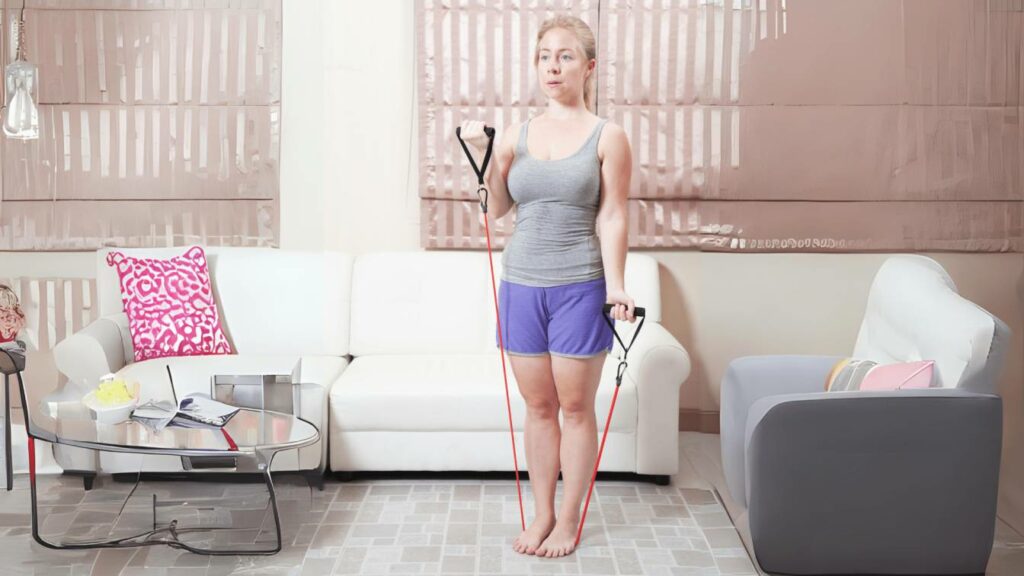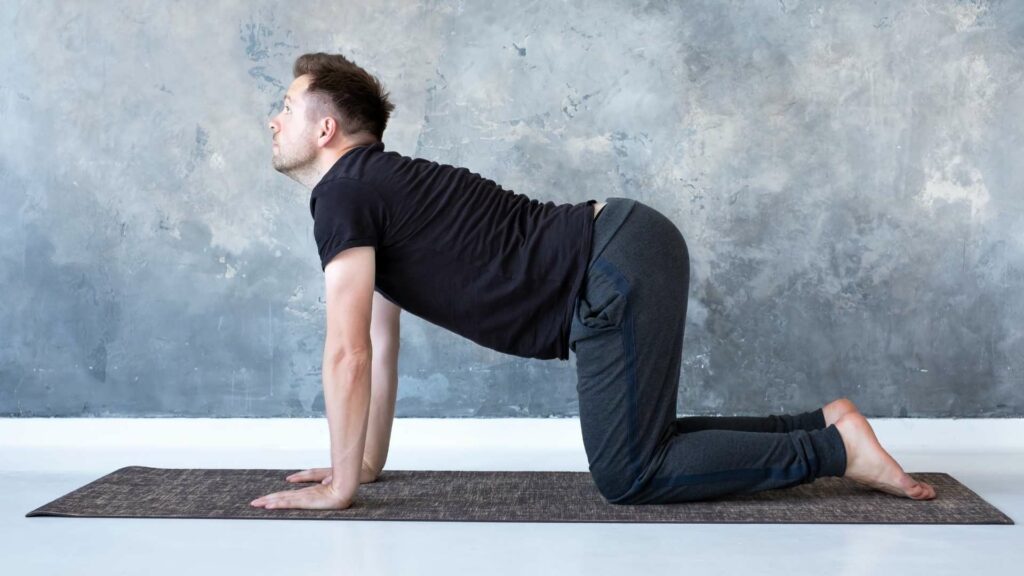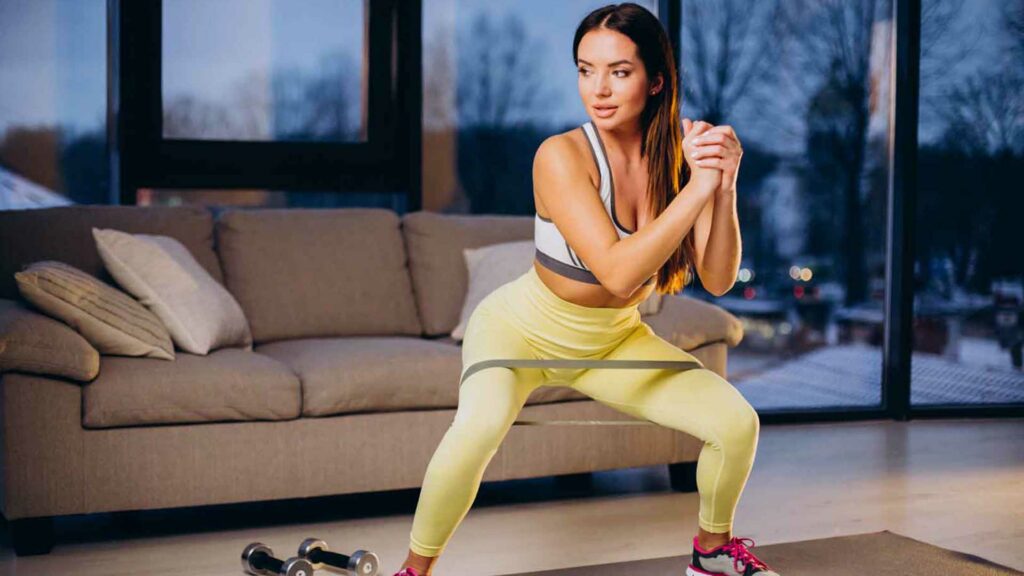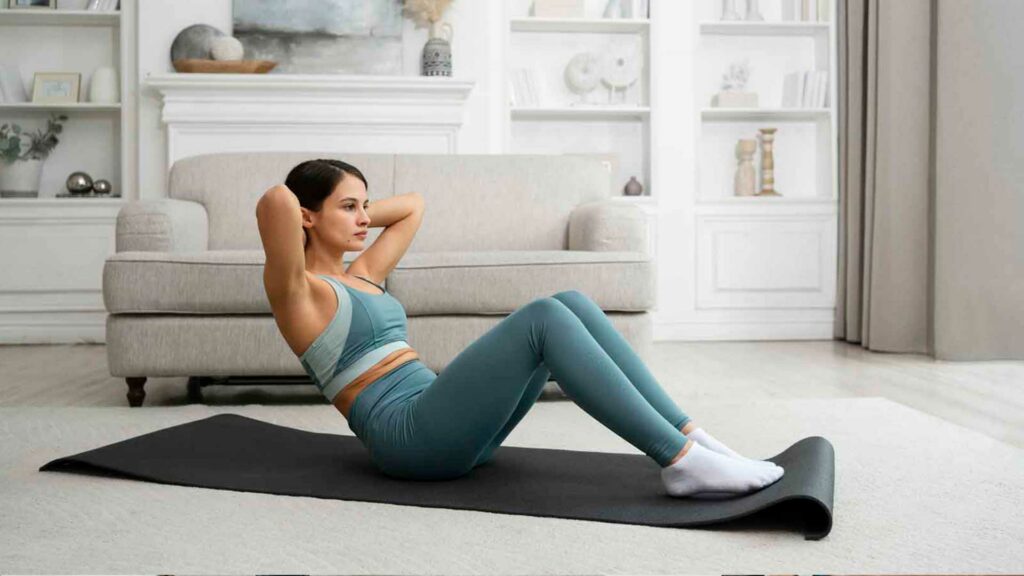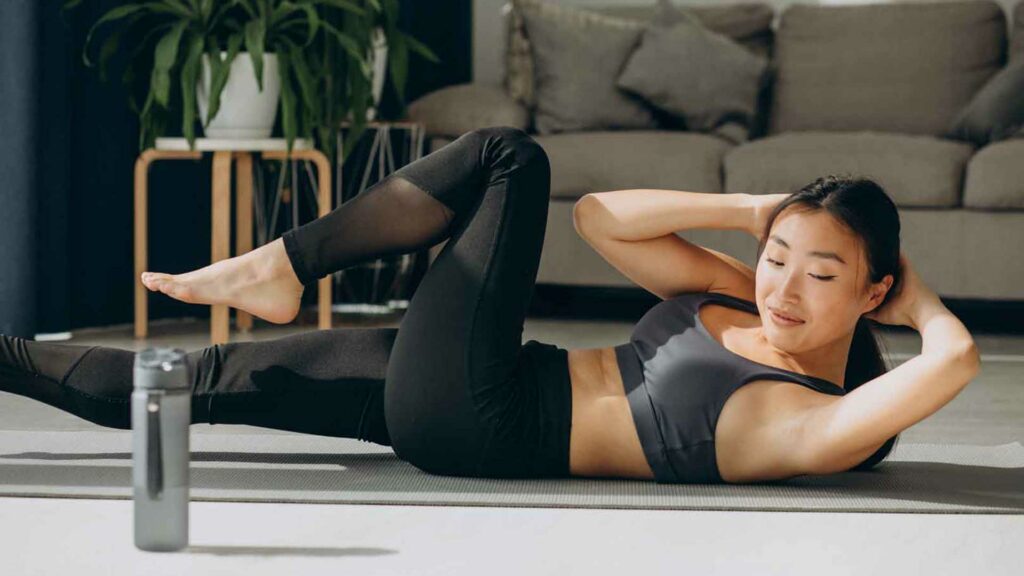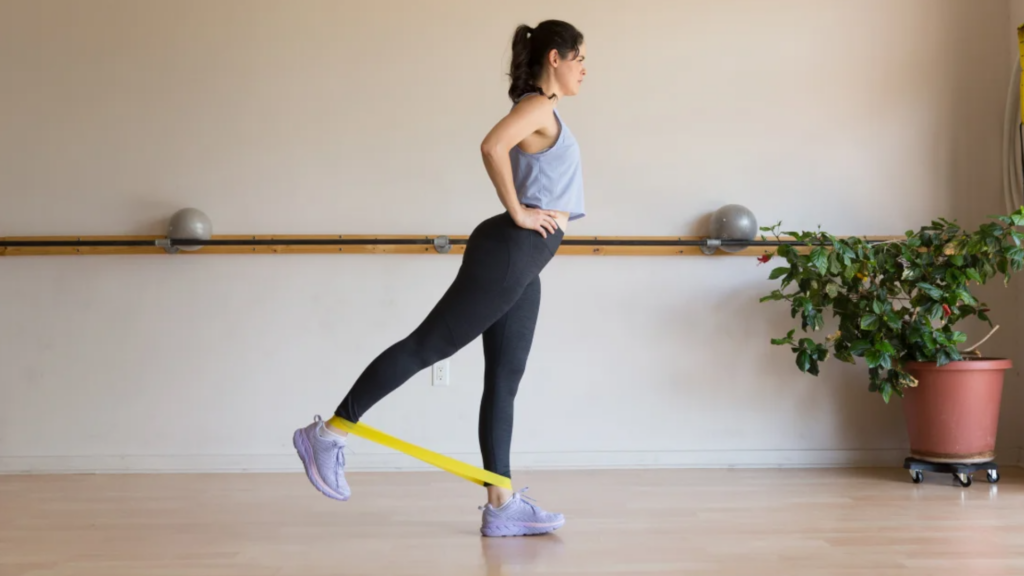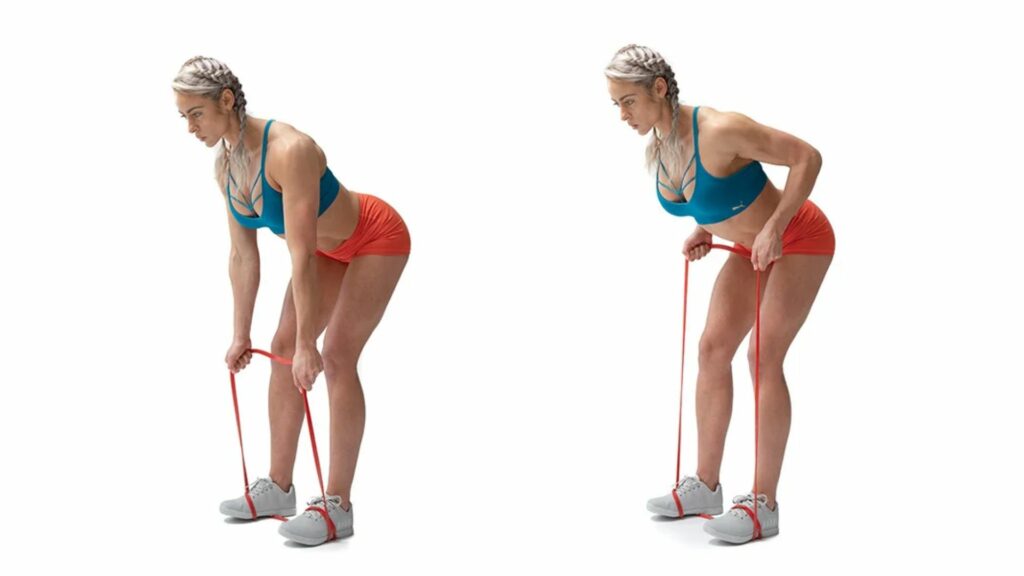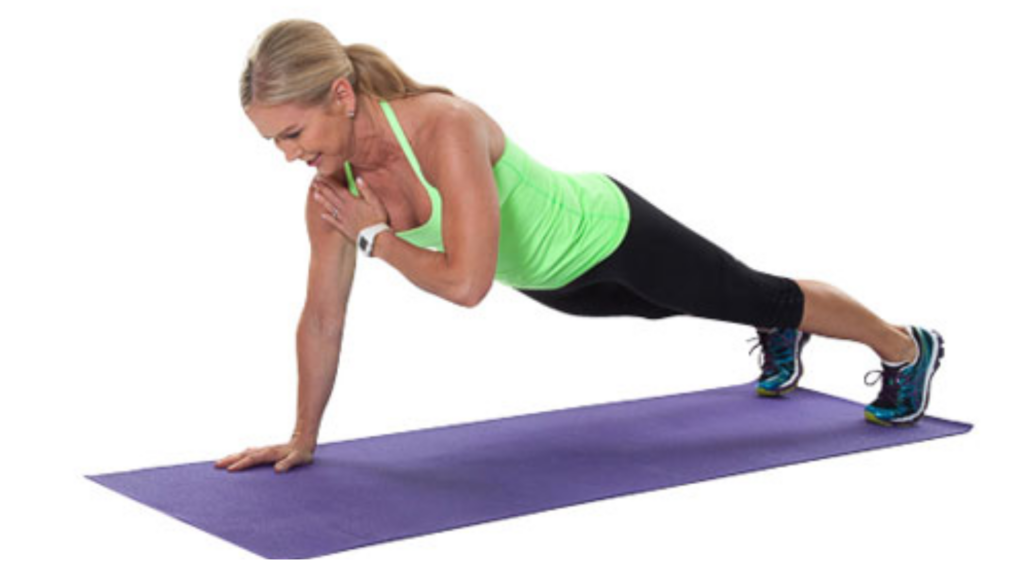The donkey kick exercise is a popular and effective way to strengthen and tone your glutes. It targets the gluteus maximus and gluteus medius muscles, which are important for hip extension, stability, and overall lower body strength. If you want to sculpt your backside and improve your athletic performance, donkey kicks are a perfect addition to your workout routine.
Merlin App for Donkey Kick
The Merlin App provides valuable assistance with Donkey-Kicks, a popular lower body exercise. Using its AI real-time feedback, the app helps users maintain proper form and technique during Donkey-Kicks, ensuring that the movement effectively targets the glutes and hamstrings while reducing the risk of injury.
Through voice feedback, it offers verbal cues and encouragement, helping users stay motivated and ensuring they perform each rep correctly. Additionally, the app can customizable workouts based on the user’s fitness level and goals, making it a versatile tool for both beginners and experienced fitness enthusiasts.
Users can track their progress and monitor improvements over time, ensuring they get the most out of their Donkey-Kick workouts and achieve their lower body fitness goals efficiently.
How to Perform the Donkey Kick Exercise
Performing the donkey kick exercise is simple and can be done with or without equipment. Here’s a step-by-step guide to the basic version:
- 1. Starting Position: Get on all fours on an exercise mat or a comfortable surface. Place your knees hip-width apart and your hands directly under your shoulders. Keep your spine neutral and engage your core muscles.
- 2. Execution: Bend your right knee at a 90-degree angle and lift your right leg straight back and up toward the ceiling. Squeeze your glute muscles as you lift. Flex your foot to maintain proper form. Hold the contraction briefly at the top.
- 3. Lowering: Slowly lower your right leg back down to the starting position, maintaining control. Avoid letting your knee touch the ground to keep tension on the glutes.
- 4. Repetition: Complete the desired number of repetitions with your right leg before switching to your left leg. Aim for 10 to 16 repetitions on each leg for three sets. Start with a weight or resistance level that challenges you while maintaining proper form.
Remember to maintain proper form throughout the exercise to maximize effectiveness and minimize the risk of injury. Engage your core, avoid arching your lower back, and focus on using your glute muscles to lift your leg.
The Ultimate Guide to Donkey Kick Exercise: How to Perform, Benefits, and Variations
This article covers everything you need to know about the donkey-kick exercise, including how to perform it, its benefits, and different variations. – How to perform the donkey-kick exercise. – Benefits of the donkey-kick exercise. – Variations of the donkey kick exercise.
Benefits of Donkey Kick Exercise
Donkey kicks offer numerous benefits, making them a valuable addition to any fitness routine. Here are some of the key benefits:
1. Glute Strengthening and Toning
Donkey kicks target and strengthen the glute muscles, especially the gluteus maximus. Strong and toned glutes can enhance athletic performance, improve posture, and contribute to a well-balanced physique.
2. Core Engagement
While primarily targeting the glutes, donkey-kicks also engage the core muscles to stabilize the body. By contracting the abdominal muscles and maintaining a neutral spine, you can effectively work your core. This leads to improved core strength and stability, benefiting other exercises and daily activities.
3. Improved Hip Mobility
Donkey kick involve a significant range of motion at the hip joint, improving hip mobility and flexibility. Regularly performing this exercise enhances hip extension and overall range of motion. Improved hip mobility is beneficial for activities that require hip strength and flexibility, such as running, squatting, and jumping.
4. Posture Enhancement
Weak glute muscles can contribute to poor posture. Donkey-kick target and strengthen the glutes, helping improve posture. Strong glutes contribute to a stable and aligned pelvis, alleviating lower back pain and promoting better spinal alignment. Donkey kicks also activate the muscles of the upper back and shoulders, further supporting good posture.
5. Versatility and Accessibility
Donkey-kick are highly versatile and can be modified to suit different fitness levels and goals. Whether you’re a beginner or an advanced athlete, there are variations that can challenge and engage your glutes effectively. Additionally, donkey-kick can be performed with or without equipment, making them accessible to those who prefer bodyweight exercises or have limited access to gym equipment.
Donkey Kick Exercise Variations
To keep your workouts exciting and continue challenging your glutes, incorporate variations of the donkey-kick exercise. Here are a few popular variations:
1. Weighted Donkey Kicks
Adding resistance to donkey kicks increases the intensity and further challenges your glutes. You can use ankle weights, resistance bands, or a cable machine. The added weight or resistance requires your glutes to work harder, leading to increased strength and muscle development.
2. Straight-Leg Donkey Kicks
The straight-leg variation involves keeping your leg straight throughout the movement instead of bending it at a 90-degree angle. Straight-leg donkey-kick target the glutes and hamstrings in a slightly different way, providing a unique stimulus to these muscle groups.
3. Pilates Leg Kicks
Pilates leg kicks are a more dynamic version of donkey-kick. Instead of lifting your leg straight back and up, you perform a kicking motion, extending your leg forward and backward. This variation engages not only the glutes but also the hamstrings and hip flexors, providing a full lower body workout.
4. Resistance Band Donkey Kick
Using a resistance band around your thighs increases the activation of your glute muscles during donkey-kick. The band adds continuous tension throughout the movement, making it more challenging to lift your leg. This variation further enhances the glute-strengthening benefits of the exercise.
5. Double-Leg Donkey Kick
For a more advanced variation, perform donkey-kick with both legs simultaneously. This challenges your glutes and core muscles even more as you stabilize your body while lifting both legs off the ground. Double-leg donkey-kick improve overall lower body strength and coordination.
Incorporating these variations into your workout routine prevents plateaus and keeps your glute muscles challenged. Start with the basic donkey kick exercise and gradually progress to more advanced variations as you build strength and confidence.
| Variation | Description |
|---|---|
| Weighted Donkey Kicks | Adding resistance to donkey kicks using ankle weights, resistance bands, or a cable machine. Increases intensity and challenges the glutes. |
| Straight-Leg Donkey Kicks | Keeping the leg straight throughout the movement, targeting the glutes and hamstrings in a slightly different way. |
| Pilates Leg Kicks | Performing a kicking motion, extending the leg forward and backward. Engages the glutes, hamstrings, and hip flexors for a full lower body workout. |
| Resistance Band Donkey Kicks | Using a resistance band around the thighs to increase glute activation. Adds continuous tension and makes it more challenging to lift the leg. |
| Double-Leg Donkey Kicks | Performing donkey kicks with both legs simultaneously, challenging the glutes and core muscles. Improves lower body strength and coordination. |
Conclusion
The donkey-kick exercise is highly effective for strengthening and toning the glutes. By incorporating this exercise into your fitness routine, you can target the gluteus maximus and gluteus medius muscles, engage your core, improve hip mobility, enhance posture, and enjoy the versatility of various exercise variations. Whether you’re a beginner or an advanced athlete, the donkey kick exercise can be customized to suit your fitness level and goals. So, kick-start your glute workout with donkey kicks and enjoy the benefits of a strong and sculpted backside!
Insider Tip: To explore more exercises and fitness routines, check out our resources on Jumping Jacks, Physiotherapy Exercises, Bodyweight Exercises for Unlocking Your Potential, Strength and Conditioning Calisthenics Exercises, Full Body Workouts, Resistance Bands Training, How to Achieve Core Strength Fitness, 5-8 Mountain Climbers Techniques and Benefits, Plyometric Exercises to Get Fit Faster, and CrossFit Training for Invigorating Strength.

